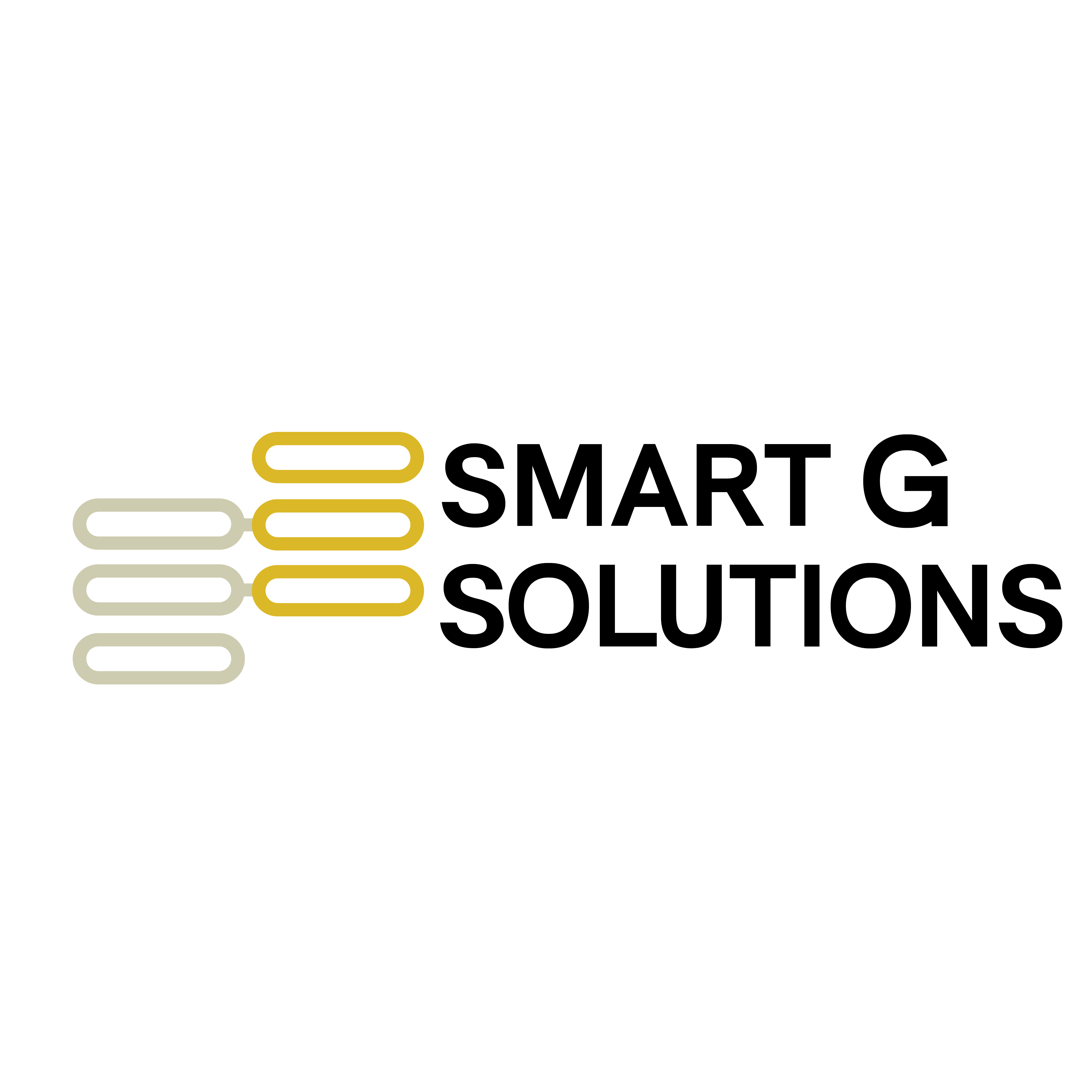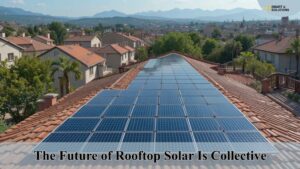Introduction
Home automation has progressed from a novelty to a necessity. What began as isolated smart light bulbs, cameras, and voice assistants has evolved into integrated systems that impact comfort, safety, energy usage, and everyday decisions. Over the next decade, the most successful smart home solutions will be those prioritizing reliability, privacy, and tangible benefits—systems working for every household member rather than requiring technical prowess. This article outlines major trends shaping the next 10 years of home automation and offers practical guidance for homeowners, installers, and builders planning for a smarter future.
Interoperability becomes widespread
For years, fragmentation—multiple apps, incompatible clouds, and proprietary protocols—slowed adoption. However, that is changing. Emerging standards and cross-company initiatives have made it easier for devices from different manufacturers to coexist and collaborate. The practical outcome is simpler installations, fewer failed automations, and a clearer upgrade path. Homeowners should select platforms and devices emphasizing open standards and multi-administrator support to avoid vendor lock-in and reduce friction when expanding or replacing system components.
Intelligence shifts closer to home for speed and privacy
Expect more intelligence to migrate from the cloud to local devices and hubs. Edge AI reduces latency, enabling near-instant responses for critical events (security alerts, fall detection, emergency lighting) while keeping sensitive data within the home. The hybrid model—local inference with occasional cloud-based learning—offers the best balance between performance, privacy, and long-term adaptability. When selecting systems, prioritize devices capable of meaningful local processing and look for architectures keeping personally identifiable data out of permanent cloud storage.
Voice assistants evolve beyond basic commands into proactive home guides
Rather than merely reacting to commands, future assistants will anticipate user needs by thoughtfully suggesting actions like preheating a room before a scheduled meeting, gently reminding an elderly resident when it’s time for medication, or proposing economical adjustments during peak energy cost periods. However, this requires strengthened privacy safeguards and improved coordination between connected devices. Design priorities must ensure proactive assistance feels caring instead of intrusive through predictable yet flexible automation.
Homes will increasingly serve as clever energy centers
Solar arrays, house batteries, heat pumps, and EV charging stations will be skillfully coordinated by automation optimizing expenses, comfort, and grid impact. Smart scheduling will transfer energy-hungry tasks to inexpensive windows, employ stored power for peak shaving, and coordinate vehicle charging with time-of-use rates. For homeowners, financial savings and a reduced carbon footprint result; for installers, opportunities open to offer smart home bundles with managed energy services.
Aging with dignity through health-centered automation
One of the most meaningful growth areas for automation involves medical care and independent living. Nonobtrusive monitoring of movements, door access, and device interaction combined with gentle reminders and emergency alerts can keep vulnerable people safer with less constant human oversight. Systems created for caretakers—simple dashboards, unobtrusive notifications, and privacy-first data handling—will be highly sought after. Thus, home automation will importantly enable longer, safer independence for aging populations.
Security and privacy as selling points
As smart homes evolve, the potential vulnerabilities multiply. The coming decade will see security practices and transparency become pivotal differentiators in the market. Encrypted local management, routine cryptographically signed software updates, quarantining devices with suspicious behaviors, and clear policies regarding data handling will emerge as baseline expectations. Homeowners will demand proof of robust security implementations and avoid appliances requiring unnecessarily wide access to the cloud.
Dynamic business models: subscriptions and managed offerings
While device sales will remain significant, recurring services will capture increasing value over time. Expect tiers of subscription plans (cloud backups, advanced analytics), managed automation packages (remote monitoring, regular software management), and bundled deals with energy providers or caregivers. For many residents, the convenience of predictable monthly costs and professional maintenance will outweigh continuous fees, allowing integrators to develop sustainable revenue streams through ongoing assistance.
Design, norms, and future-proofing living spaces
Smart homes function more dependably when planned from the beginning, not retrofitted. Architects and builders will progressively include smart infrastructure—additional conduits, Ethernet drops, centralized control points—in new construction and major renovations. Choosing modular, upgradable components and adhering to open standards will produce less disruption during future improvements. Minor investments in wiring today yield outsized benefits later.
Conclusion
The next decade will vastly change how we view home automation, shifting from a novelty for tinkerers into a necessity on par with other household infrastructure. Universal compatibility, on-device decision making, smart energy coordination, health monitoring features, as well as renewed focus on protection will define success. Homeowners who prepare for these evolutions—prioritizing open-source designs, localized analytics, and future-proofed systems—will see technology truly enhance their dwellings. For companies, recurring services and managed systems provide fresh prospects to construct enduring bonds with clients. When all components align seamlessly, abodes will become securer, greener, and infinitely more intuitive to human needs—so automation feels like an unseen but indispensable utility rather than an assortment of gadgets.





